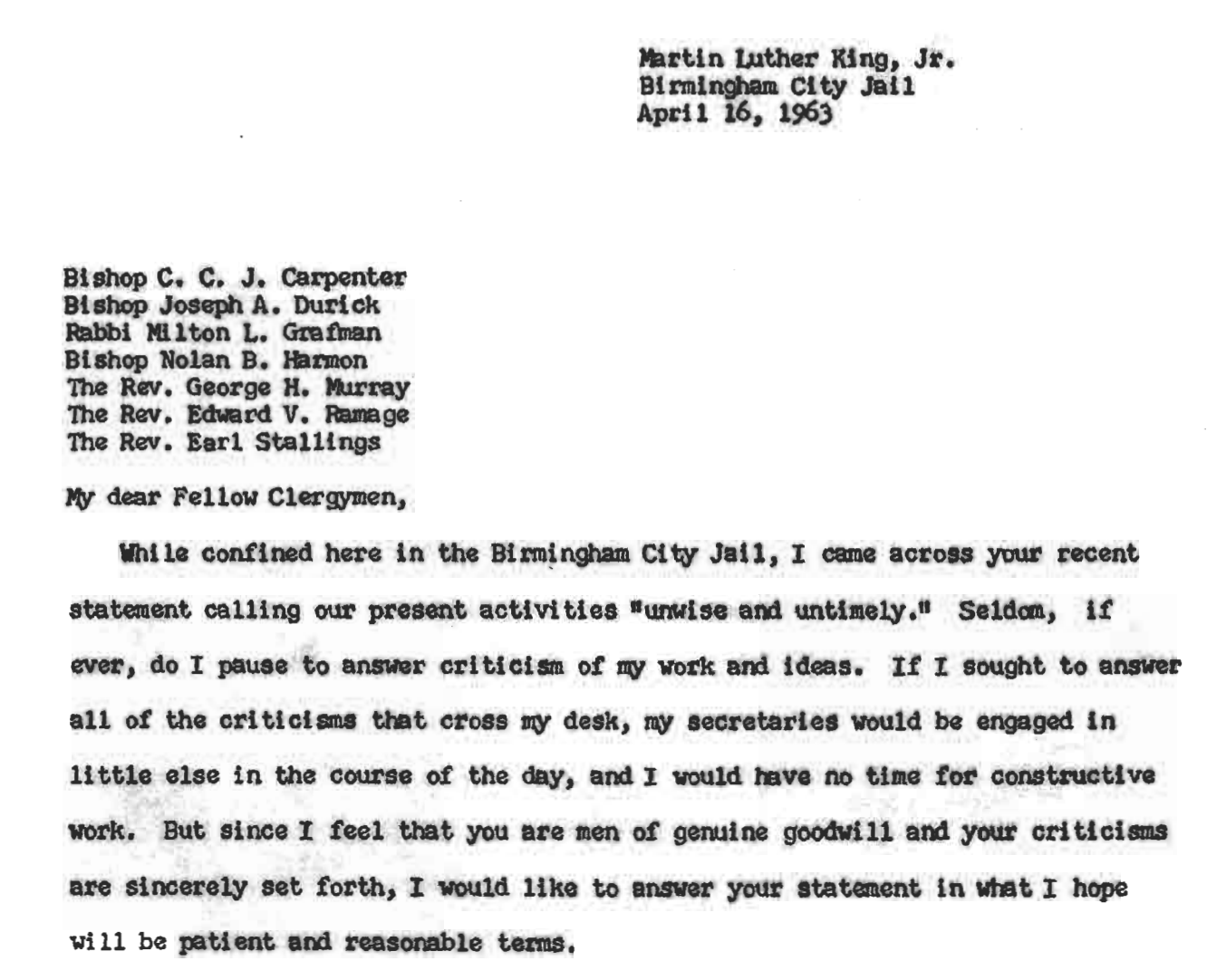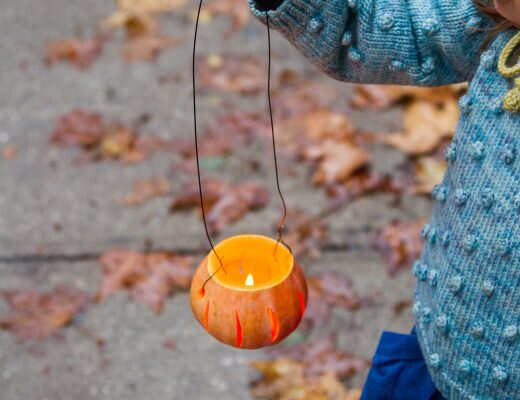
Four things to do today to celebrate the legacy of Dr. Martin Luther King Jr.
+ Listen to the Seeing White podcast. I’ve mentioned this here before, but it has been the single best thing I’ve listened to in the last six months as I try to grapple with what it means to be a white woman in a racist America today. Begin the eleven-part series today.
+ Support Higher Heights, an organization committed to expanding and supporting Black women’s leadership, from the voting booth to public office and beyond election day. Get involved or donate today.
+ Talk to kids. About Dr. King, yes, but about overt racism, too. In November I took a Raising Race Conscious Children workshop along with Faye’s preschools teacher and redoubled my efforts to make sure that I’m not taking a race-blind approach to discussions with my kids about race. You can get tons of great strategies from their site, but to get started, here are 100 Race-Conscious Things You Can Say To Your Child to Advance Racial Justice, today. (And here are some books to read to kids, too.)
+ Read what Black women are writing. I’ve loved reading essays by Ijeoma Oluo this year and her book So You Want to Talk About Race comes out today. Buy it!
What else?
PS. Image above from Dr. Martin Luther King Jr.’s Letter from Birmingham Jail. You can read the full letter here.




31 Comments
I am so grateful for this post. Full of simple wisdom and ways to move toward love and education and unity and kinship.
Thank you. ❤️
Bravo Mr. King and thank you for this reminder.
Hi Erin, thank you for today’s post to honor Martin Luther King Jr.
Yesterday we watched MLK’s “I’ve been to the Mountaintop” speech and followed with James Baldwin’s debate with William Buckley about the implications of racism. They reminded me that progress in this area is so fragile. At the same time, they inspired me with their commitment to justice and courage in the midst of so much resistance.
I was always curious, do you have light-skinned people being insulted when they are called a word in W?
Some of the 100 tips for talking to children seem ridiculous to me, some incredibly stupid, I’m not likely to use them. In the world of people, diversity is greater than their skin color. And the attitude towards a person does not depend on the set of his dominant or recessive genes or nationality. Attitude to man is formed from his actions and his attitude towards people.
I prefer to educate a child to be fair and friendly with all people. I do not consider it necessary to distinguish the color of the skin, the cut of the eyes, the structure of the hair and the shape of the nose as a sign that is the cause of some special relationship.
Ann, you’ve mentioned many times on this site that you are a proponent of taking a colorblind approach to discussing race. As I’ve mentioned in the past, I urge you to read more on the subject and to be open to the idea that while race is a social construct and that physical distinctions should have no bearing on the life that a person might lead, the reality is that structural racism prevents that from happening. Acknowledging racism is an important first step in being actively anti-racist.
And try to look at this question from above. As one poet said, “Face to face, not to see the face, great is seen at a distance …”.
I think that as long as you give great importance to the color of the skin and eyes, nationality and country of residence for any reason, racism in your country is not eradicated. It will swing on a swing: up and down, shuffling from side to side: left-right, endlessly superimpose on all your imprint.
Racism does not depend on skin color, if it exists, due to lack of respect between people, it always works in both directions and inside the parties. Look at South Africa – how was the country with the manifest racism, and has remained, only this racism has become black. By the way, in Africa there is no negative attitude to the word on N.
And I think about the links .. – this is a very perverted perception of reality, in order to think in the fairy tale about Snow White that the most important thing in it is the idea that the white color of the skin is the most beautiful.
This …….. in general, the mind is incomprehensible. It’s like saying that black tea was invented for black people, white tea for light-skinned people, and red tea for red people. And nevertheless, for me it is the stupidity of the author of thought, the lack of knowledge of history and culture, and not racism. Although, from your logic, I can state that the author of these 100 councils ….. is a real racist who refuses my child in the true sense of this tale, as the authors conceived, in the way that hundreds of millions of europeans see it. No, the author of the advice decided, it’s you who think wrongly that good and care win, no, it’s right to think that you wanted to offend people with a different skin color …. This is more paranoia than the advice on raising a child.
Different social opportunities are a problem that does not depend on the color of the skin. And respect for man does not arise from the humiliation of one’s values.
Ann, I won’t pretend to full understand everything that you’re trying to communicate here and I’m not sure if it’s only a belief system or also a language barrier that’s failing us here. For me, the most crucial part of living an anti-racist life is to acknowledge that racism exists and to work to dismantle the systems at work that mean that a person born with skin that we call brown has different opportunities, risks, and experiences, than a person born with skin that we call white. Those differences shouldn’t exist, but they do.
Ann, I won’t pretend to full understand everything what you’re trying to communicate here and I’m not sure if it’s only a belief system or also a language barrier that’s failing us here. For me, the most crucial part of living an anti-racist life is to acknowledge that racism exists and to work to dismantle the systems at work that mean that a person born with skin that we call brown has different opportunities, risks, and experiences, than a person born with skin that we call white. Those differences shouldn’t exist, but they do.
I’m with Ann about Snow White. It’s hard to be in favor a list that forces such an interpretation on a fairy tale. That particular advice strikes me as decidely odd. À chacun son goût.
But I do not mean to say anything against the intent of your post. I live overseas and am always fogetting the national holidays 😐
Hi Bea: That’s okay! I don’t really think it’s a matter of taste though. I think a lot of dismantling racism is about getting comfortable with getting *uncomfortable* with stories that we might have previously seen as harmless but that might have real impact and subliminal (or overt) messaging that reinforces the idea that whiteness is preferable/superior etc. This is part of why I found the Seeing White podcast to be so helpful.
Yes, but I think it is a mistake to force such an interpretation on the story of Snow White. The tale of Snow White and the Seven Dwarves was invented long before the modern idea of race even existed. For the authors her skin color was likely meant as a literary symbol of interior qualities, where the color white, for reasons that have nothing to do with race which wasn’t even a concept at the time, was associated with brightness and purity (hence even today brides wear white at weddings and babies are dressed in white at christenings, neither of which have anything to do with race). Or maybe, her white skin was meant to contrast with her black hair and with her red lips, white and black being associated with death and red and white being the colors of marriage (true in many premodern cultures and still in many cultures today). Or, maybe there really lived some beautiful woman matching her description who had a wicked stepmother, whose life was spared through the mercy of a huntsman, who was then taken in and given safe harbor thanks to the charity of a bunch of vertically challenged craftsmen, and who was finally saved from a death-like coma by true love’s kiss (there are different ways of interpreting that), and who now lives on in legend. Who can say? It’s a pretty revolutionary tale by most any standard. There is no need to make a kind of bogeyman out of it.
Hey Bea, I think it’s difficult to parse exactly what the intent might have been. Surely lots of literary tropes were at play here. It’s still a worthwhile exercise to examine how even beloved folktales might be interpreted or reinterpreted to cement racist ideals. Presenting snow white skin as both a symbol of beauty and purity is problematic. No matter the intent, it can work to hold up ideals of white beauty and superiority that young children see corroborated in all kinds of media. (As an aside, it’s worth noting that this folktale was popularized when the Grimm Brothers first published it in 1812. The Atlantic slave trade, which used constructed notions of race and white superiority to justify human bondage, existed for centuries before that. Nothing exists in a vacuum.)
The book nurture shock has a fantastic article about the impossibility of being color blind and how that strategy inadvertently results in racist children.
My black stepfather raised my step siblings in a very white area. He believed in color blindness and tried never to emphasize race. One day at a restaurant a little white girl walked up to my young stepsister and asked if she was M from soccer. My stepfather asked if she recognized my sister because of her hair (which was long and curly). The little girl responded “no. Because she’s black”.
In any event, we try to be explicit with our kids about race and our privilege even though our kids are 6 and 3. We have honest and open conversations. It has been very helpful. Our oldest son is great at picking out racial issues in books.
Christie, “It’s hard to find a black cat in a dark room, especially if it’s not there” – so said the Chinese philosopher Kun Fu-Tzu.
You will not believe, but the great philosopher, spoke not about racist problems, but about the fundamental unknowability of many universal human questions, that there simply is no answer to them.
With all my respect, it is not necessary to see racism in everything around you, it is more often in your head than in the events around. After all, for you, “a little white girl” is just a statement of fact, no more.
Funny enough when I wrote the comment originally I left out white because I knew by leaving it out we would all infer white, as white is normative. I went back and put it in on purpose. The little girl wasn’t racist. The little girl wasn’t color blind. Kids are not color blind. Neither are we. There is nothing to be gained by pretending colors don’t exist but much to be lost by refusing to acknowledge the privileges that white people still have.
Dear Ann, there is a Seeing White episode specifically addressing the issues with the ‘colorblindness’ approach. Minute 12:28 will cut to the chase, but I’d suggest starting from the beginning. http://podcast.cdsporch.org/episode-36-thats-not-us-so-were-clean-seeing-white-part-6/
To be honest, Maggie, I misunderstood the thoughts of the podcast. I did not understand in what context the term “color blindness” is used. I do not understand where here are the sins of the past and what is the racism in the social conflict, which is caused by limited public resources.
Erin,
Thank you so much for putting together this list. In today’s constant news cycles, it’s easy to feel powerless. I appreciate an opportunity to step back and look for ways to make a positive impact as well as participate in a greater conversation about racism in our country.
You’re the best, Erin. Thank you so much for never failing to contribute such meaningful content to the interwebs. I’m starting on Seeing White today!
Erin–thank you so much for this post. You have introduced us all to so many amazing resources. Can’t wait to start exploring more.
I think I may have recommended this book here before, but I wanted to mention it again: What Does it Mean to be White: Developing White Racial Literacy by Robin DiAngelo. Can’t recommend it enough!
I haven’t read this text yet but wanted to write and say that I had the privilege of seeing Robin DiAngelo and Ijeoma Oluo, amongst others, at a panel discussion earlier this year and was awed by their powerful reflections. Both are such vitally important resources for me as I work to become an anti-racist practitioner.
Claire, that must have been an amazing experience. Can you recommend any other writers/activists to follow? I’m currently reading Invisible No More by Andrea J. Ritchie.
Dear Erin, thank you for reminding us again and again, in a positive, resourceful and thoughtful way, of the many issues in this world in which we can indeed be part of the solution, instead of unknowingly being part of the problem. This is both inspiring and heart-warming, and we certainly need both, these days.
I love your blog, Erin, especially this type of content. I’d like to share a short, albeit improperly formatted, powerful poem by Nayyirah Waheed: never / trust anyone / who says / they do not see colour. / this means / to them, / you are invisible.
So powerful and moving–thank you for sharing.
Thank you for sharing this beautiful poem. It succinctly yet powerfully summarizes the plight of our world today.
Hi Erin, beautiful post! Thank you for honoring Martin Luther King Jr, and sharing those links. I’m very interested to learn more. I will read Ijeoma Oluo.
I have just started reading Home Going by Yaa Gyasi which starts on the Goad Coast of Africa in the late 1700s at the start of the slave trade and goes through the generations. Highly, highly recommend.
Such a great (and brutal) book.
Great suggestions. Seeing White. Planning to support BIPOC businesses today.
Comments are moderated.